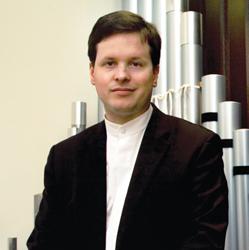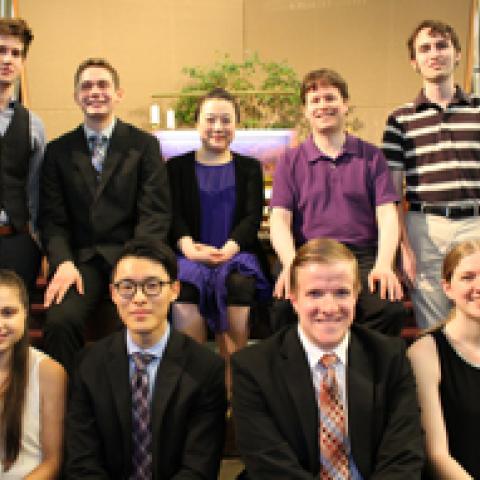
Paul Jacobs has been appointed to lead the Organ Institute at the Oregon Bach Festival. The newly created institute, scheduled for June 30–July 5, 2014, will be devoted exclusely to the performance and study of the organ, which figured prominently in Bach’s compositions and performance. Attendees (both performers selected through recorded audition, and non-performing auditors) will participate in specialized seminars, perform in daily masterclasses under the direction of Paul Jacobs and the festival’s Artistic Director, Matthew Halls, and present a final public recital.
The Oregon Bach Festival, founded in 1970 by Helmuth Rilling and Royce Saltzman, is based in Eugene, Oregon; it presents three weeks of choral, orchestra, solo, and chamber works, along with social events and educational programs. Paul Jacobs, chair of the organ department at the Juilliard School, performed at the Oregon Bach Festival in 2013, after which the creation of the Organ Institute began. The winner of a Grammy Award, Jacobs is currently recording a new album with soprano Christine Brewer.



